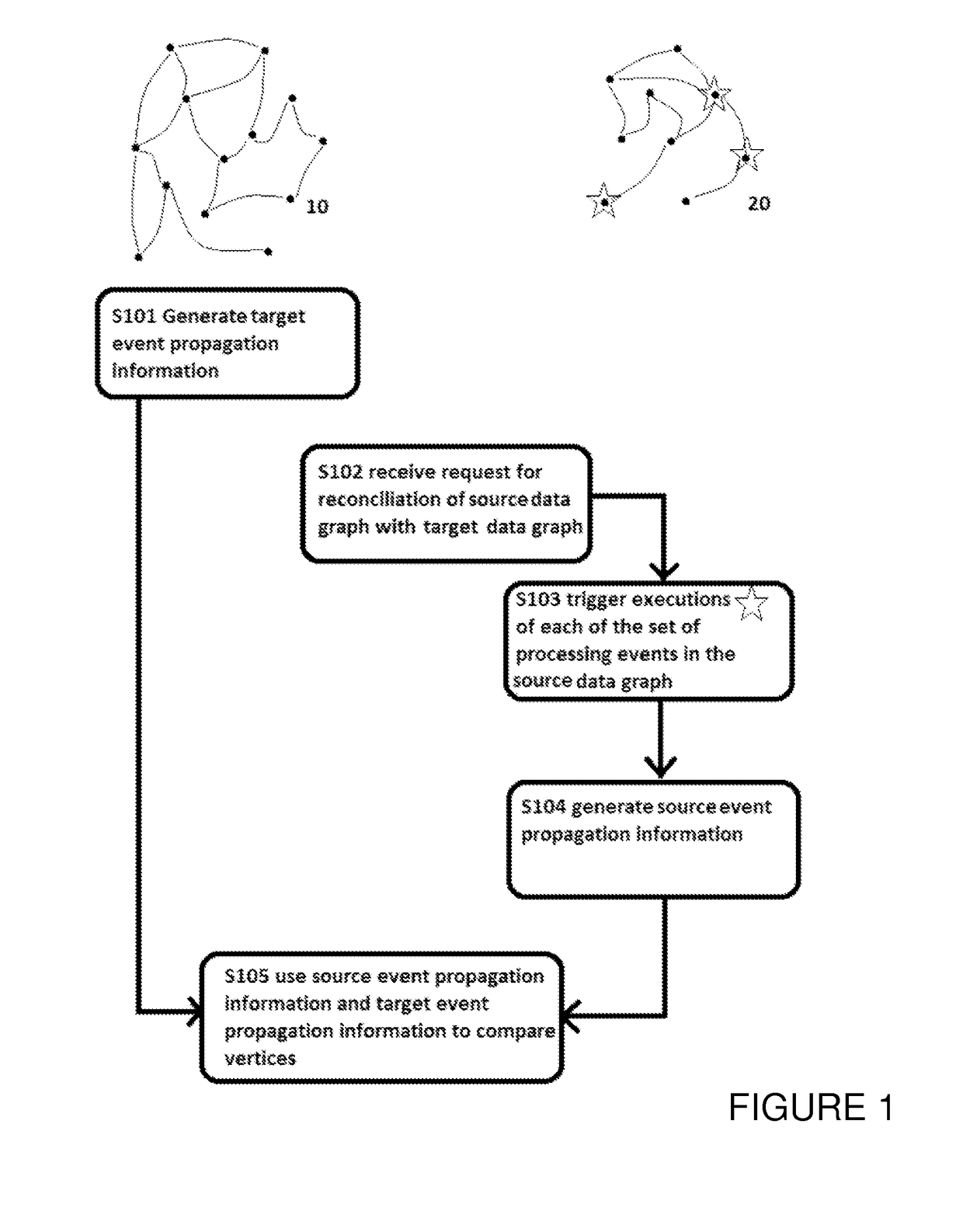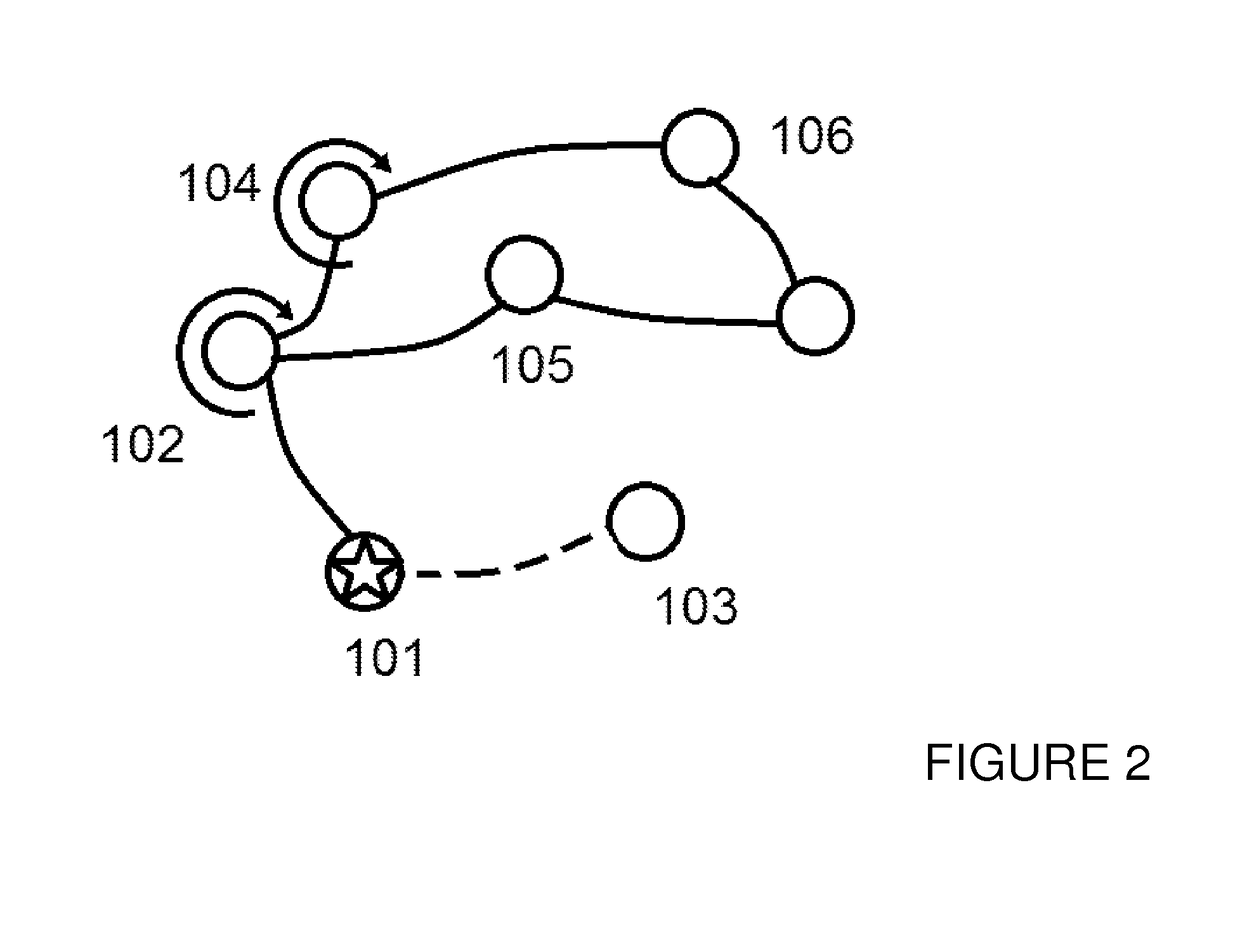Method, Controller, Program, and Data Storage System for Performing Reconciliation Processing
a data storage system and data processing technology, applied in the field of data storage, can solve problems such as the inability to perform automated or semi-automated analysis, the difficulty of data reconciliation research topics, and the discovery of hidden patterns and distiling knowledge out of data, so as to reduce processing overhead
- Summary
- Abstract
- Description
- Claims
- Application Information
AI Technical Summary
Benefits of technology
Problems solved by technology
Method used
Image
Examples
Embodiment Construction
[0072]Reference will now be made in detail to the embodiments, examples of which are illustrated in the accompanying drawings, wherein like reference numerals refer to the like elements throughout. The embodiments are described below to explain the present invention by referring to the figures.
[0073]FIG. 1 is a diagram illustrating the steps in a procedure executable by a computer. Representations of a target data graph 10 and source data graph 20 are included for illustrative purposes. The geometric representation of a data graph such as that illustrated is only one of many possible ways in which a data graph may be represented. For example, the data graph is encoded with an underlying data structure, such as RDF triples. Furthermore, labels (not illustrated) are attributed to the vertices (dots) and interconnections or edges (lines). The size and geometry of the illustrated data graphs is arbitrary.
[0074]The procedural flow of FIG. 1 includes five steps S101 to S105. The arrows il...
PUM
 Login to View More
Login to View More Abstract
Description
Claims
Application Information
 Login to View More
Login to View More - R&D
- Intellectual Property
- Life Sciences
- Materials
- Tech Scout
- Unparalleled Data Quality
- Higher Quality Content
- 60% Fewer Hallucinations
Browse by: Latest US Patents, China's latest patents, Technical Efficacy Thesaurus, Application Domain, Technology Topic, Popular Technical Reports.
© 2025 PatSnap. All rights reserved.Legal|Privacy policy|Modern Slavery Act Transparency Statement|Sitemap|About US| Contact US: help@patsnap.com



